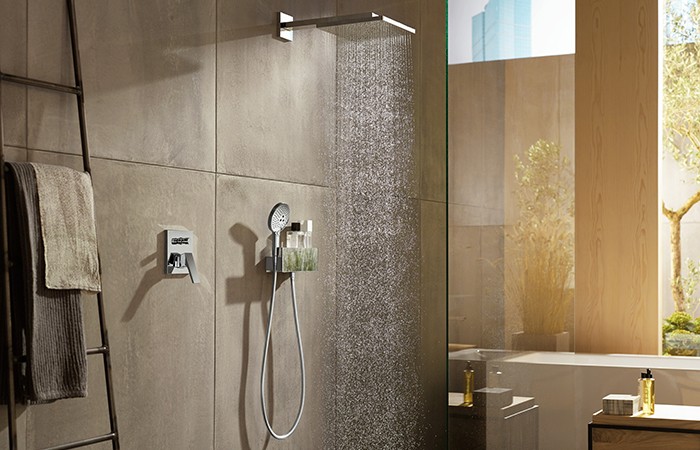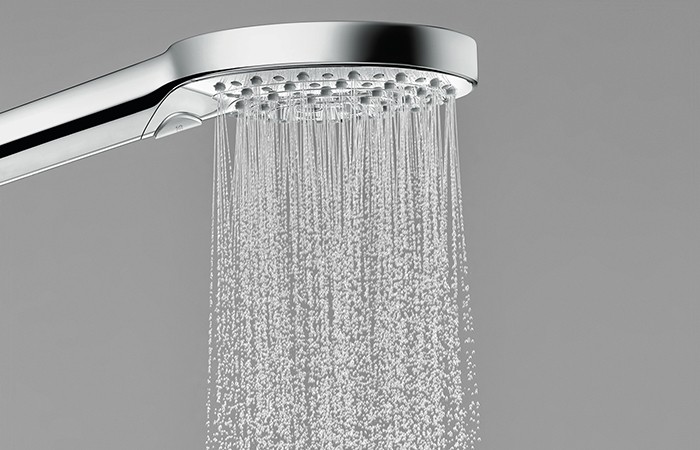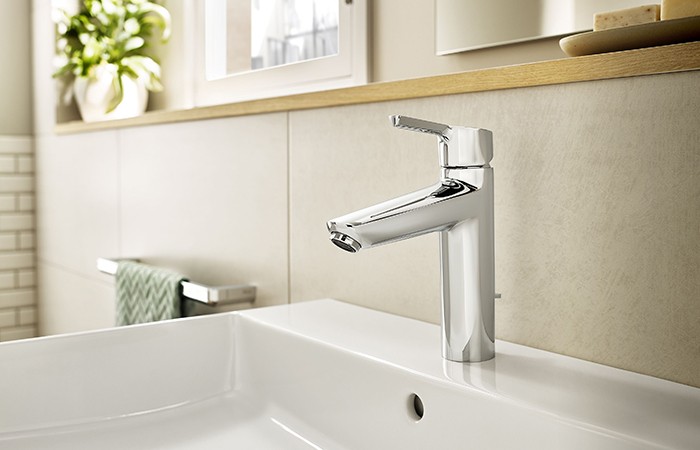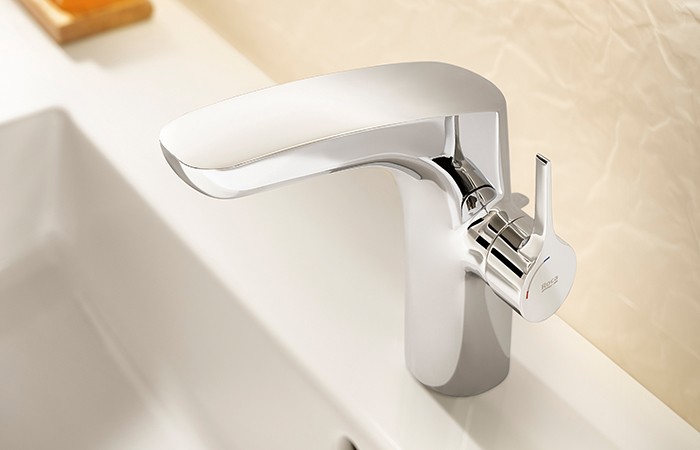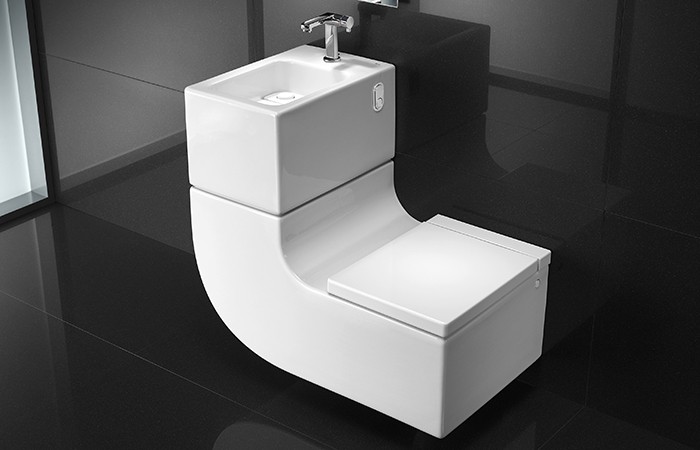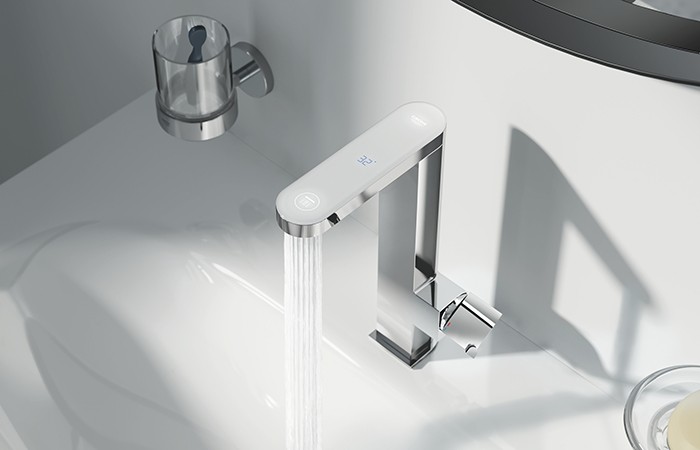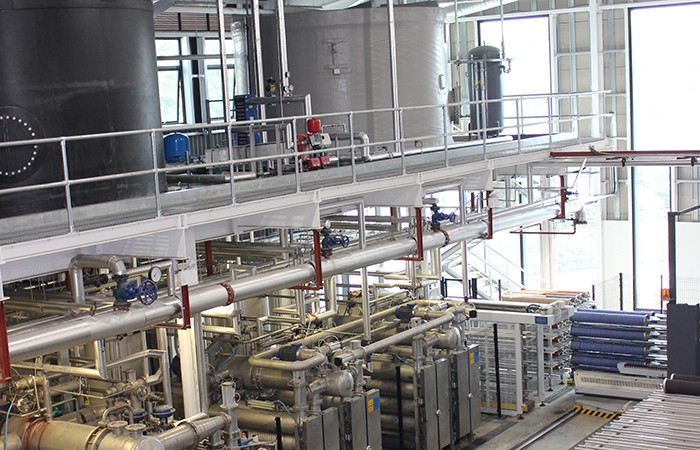An International Decade for Water Action
The Water Action Decade was launched by the United Nations on World Water Day, 22 March 2018; with an objective of mobilising action that will help transform how we manage water and avert the 40% shortfall in freshwater resources predicted by 2030.
This year we were given a stark reminder by Secretary-General, António Guterres of the United Nations (UN) on the pressures facing our planet, “Water is a human right. Today, 2.1 billion people live without safe water… by 2030, an estimated 700 million people worldwide could be displaced by intense water scarcity. We must encourage cooperation to tackle the global water crisis and strengthen our resilience to the effects of climate change to ensure access to water for all, especially for the most vulnerable.” World Water Day, 22 March 2019.
A member of The International Tourism Partnership (ITP), Hilton is one brand championing water stewardship through their ‘Travel with Purpose’ goals launched in May 2018. Amongst many initiatives, they are targeting a 50% reduction in water usage by 2030 – that’s nearly 6,000 Olympic sized swimming pools.
The ITP is a membership organisation representing the world’s largest hotel operators. Taking heed from the UN findings, it recognises that in most countries, water consumption per guest in hotels vastly exceeds that of the local population. Island nations and tourism destinations can be those most prone to water shortage, particularly where the tourism season coincides with the driest months. Working towards the United Nation’s sustainable development goal 6 on water, ITP members commit to embedding water stewardship programmes across their hotel properties and communities worldwide.
As we head towards World Water Week (25-30 August), we caught up with BCFA members to share their product and production initiatives to reduce water consumption.
How we enjoy our bathrooms is becoming intrinsically linked with how we adopt a more sustainable existence, so innovative solutions that reduce water usage will only increase in prominence.
Jay Phillips, Managing Director at hansgrohe explains why sustainability has always been a motivating force, “We have been developing products that save water and energy as far back as the 1980s and have put in place stringent goals to reduce water consumption, CO2 emissions and production of dangerous waste as a business.”
EcoSmart is one example of how hansgrohe is manufacturing products for those looking to adopt a more sustainable lifestyle. Their EcoSmart technology lowers water consumption in showers and taps by up to 60% compared to conventional products, without compromising on design or experience.
hansgrohe’s pioneering PowderRain spray demonstrates how intelligent engineering can make all the difference. When developing PowderRain they created micro-sized droplet jet technology that envelopes the body in thousands of beads of aerated water for a superior showering experience. Crucially, PowderRain can help reduce water and energy usage by up to 20%.
Bathroom furniture manufacturer, Roca has remained at the forefront of sustainable design by creating products that conserve water and protect the environment. For example, Roca has reduced the capacity of its WC cisterns to optimise water consumption and developed plumbing products that shrink energy usage.
Mark Poulain, Commercial Director – Specification at Roca explains, “Water consumption varies in hotels depending on the presence of swimming pools, saunas, laundry and catering facilities. However, industry reports estimate that water accounts for 10% of utility bills in many hotels, with taps, toilets and showers comprising around 40% of this total.”
One of Roca’s latest innovations is the rimless toilets. Not only is it more hygienic the redesign means you can flush with as little as a 4/2L dual flush cistern. Considering that the average flush for new WCs is between 4L and 6L, a product like this can help to save considerable amounts of water. Another example is the ground-breaking W+W which uses waste-water from the basin to fill the WC cistern, thereby reducing water usage by up to 25% compared to a standard 6/3 litre dual-flush WC.
As well as delivering bathroom solutions that save water and reduce wastage, Roca actively works to improve sanitation and increase access to water across the world. Created in 2010, the We Are Water Foundation is a Roca initiative which reinforces the brand’s historic engagement with society.
Meera Hansrani, Hotel Refurb Co-Ordinator at GROHE shares the impact of their EcoJoy™ technology “Our GROHE EcoJoy™ technology is fitted into many of our tap and shower ranges. All of our cisterns come with a dual flush option, letting users choose between two different flush volumes using 50% less water. We have also developed a range of infra-red touchless taps which enable hoteliers to reduce their building’s water consumption by only dispensing water when it is needed.
Many GROHE thermostats also come complete with an eco-button which when pressed will reduce the flow rate by up to 50%. We have found hotel brands such as the Hilton Group have implemented their own targets to reduce their environmental impact. GROHE has been able to support these initiatives in the UK and internationally.”
Whilst product innovation can have a direct impact on reducing water consumption we also checked-in with Ulster Carpets to see how they significantly reduced water consumption in their manufacturing process.
Since commissioning their new dyehouse in 2016, Ulster Carpets have calculated a 40% reduction in water demand, reducing their environmental impact on the local area supply. The construction of a new dyehouse was a significant decision to invest millions of pounds in the future of the Ulster brand and support the local economy in Portadown, Northern Ireland.
They have reduced their carbon footprint by 50% and are committed to reducing this further. Process efficiencies have led to environmental benefits including improving heat efficiency by 25%, reducing chemicals and diverting 100% of post industrial waste from landfill.
World Water Week (25-30) August is organised by Stockholm International Water Institute (SIWI) and provides an annual focal point for global water issues. The programme of events includes a panel discussion on the impact of hospitality and tourism and water stewardship.
Representatives from the Worldwide Fund for Nature, International Tourism Partnership, Hilton International, Royal Caribbean International and the Global Sustainability Tourism Council will share their insights and initiatives.





